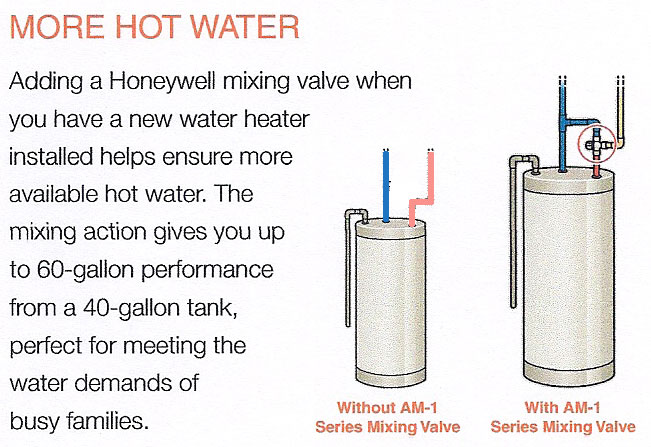Is no one going to challenge the notion of “a 50 gallon water heater is the biggest one allowed in Kentucky”. This sounds like a lie. What if you have 6 bathrooms? Six bathtubs? I’ve never heard of such a thing. I looked through several Kentucky state regulations regarding water heaters and I found nothing limiting the size. The only regulations I found, which is common language in most Plumbing codes, state that “the water heater must be large enough to handle the demand of the home” or something similar. It seems clear that yours is not.
Was this new installation permitted and inspected by your local water department? It depends on where you live but they are often required. One reason it to insure that the installer knew what they were doing and another reason is to make sure that the plumber is doing work that is ethical and in your best interest as a consumer, which I suspect they are not. If you or anyone here can quote me the Kentucky law that limits the heater to 50 gallons, I’d like to see it.
Here is my guess. Your plumber had a 50 gallon heater the wanted to sell to you, or they didn’t do the proper calculations before they bought the appliance, and told you that line about the state law to cover their mistake. I don’t live in Kentucky so I can’t be sure, but I think it’s worth doing some due diligence here. Your local government agency that governs plumbing should be able to give you a straight answer without having a financial interest in the outcome.
I will also agree with the proposed fix. Add a thermostatic mixing valve on top of your existing heater, then crank the heat up to 160’. This will extend the first hour limit of the tank and make a 50 gallon heater behave like an 80 gallon heater. You must add the secondary mixing device to prevent scalding hot water from leaving the tank.
Also how big is this tub? You can do some rough math calculations to see how much water will fit in it. Can you ID the make and model? Look up the manufacture data and it will tell you. You could also use watch to time how long it takes to fill the tub. Then drain it and time how long it takes to fill up a standard 5 gallon hardware store bucket. From this you can calculate the gallons needed to fill your tub. Your hwh tank ‘first hour rating’ should exceed this. You said you turned up your heater already? Most heaters have multiple thermostats. Did they all get turned up?
It doesn’t matter how far away the tub is from the water heater. That doesn’t really affect the first hour rating, you just end up wasting more cool water at the start before the hot water completes its journey from the tank. A more efficient system would be insulated and have a constantly moving ‘Ferris wheel’ of hot water circulating around your home, but that is a matter of efficiency and convenience. That doesn’t really affect how much hot water is sitting in the tank.
To sum up: Challenge the 50 gallon assumption. If I’m right and your plumber tried to cheat you, insist they make it right.

